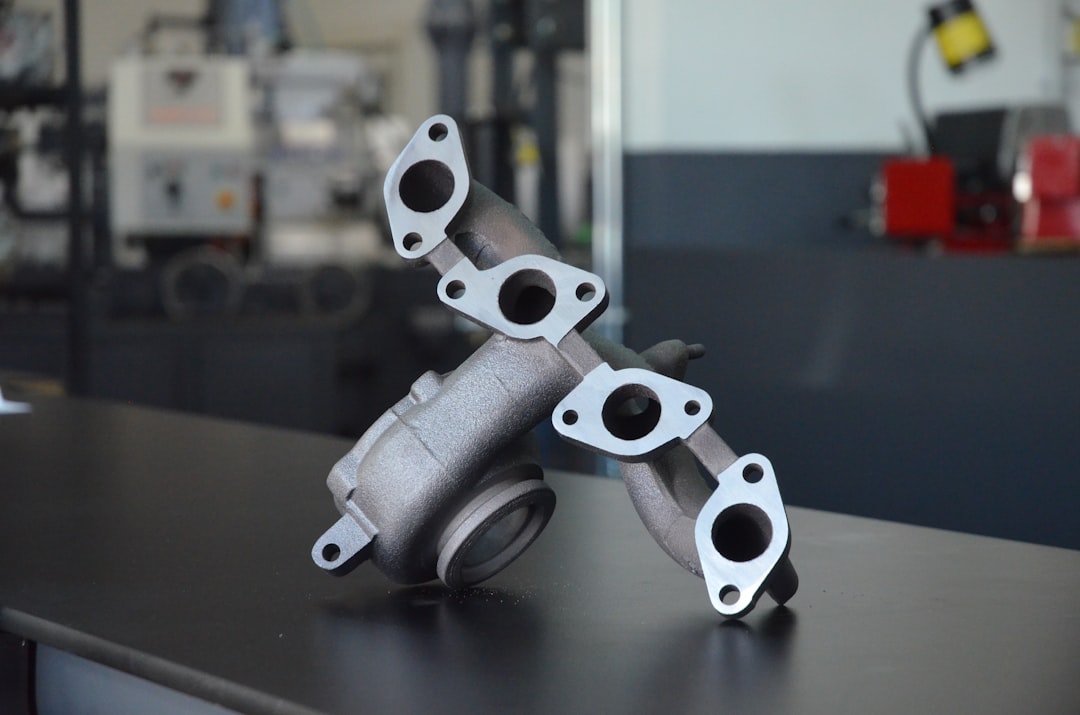What is it about?
Standing desks have become a popular option amongst office workers. It is commonly accepted that a sedentary lifestyle can increase the risk of chronic disease, but how much standing is too much? Are we creating other musculoskeletal and physiological risk factors when we fail to educate office workers on proper standing duration and position? Here we discuss the current trends regarding standing desks, what past and recent research has revealed on the prolonged positions, and the importance of creating a work culture that incorporates ergonomic principles.
Featured Image
Why is it important?
There has been a dramatic increase of the integration of standing desks in recent years, the discussion of what is best practice when utilizing these pieces of equipment is crucial to reduce employee exposure to the musculoskeletal and physiological risks associated with prolonged static positions. It is just as import to expand the discussion of ergonomics beyond the positions of sitting and standing to include a movement and mobility friendly work culture.
Perspectives
As an occupational therapist that is specialized in ergonomics, my view of a person's interaction with their environment is holistic. We understand that chronic disease and musculoskeletal discomfort can have negative effects on a person's health related quality of life. The increased integration of standing desks is evidence that office workers are seeking a less sedentary lifestyle. Let us harness the momentum of this by now educating employers and workers to correctly utilize ergonomic equipment and integrate movement into their daily work routine.
Allison Mula
Boston University
Read the Original
This page is a summary of: Ergonomics and the standing desk, Work, June 2018, IOS Press,
DOI: 10.3233/wor-182736.
You can read the full text:
Contributors
The following have contributed to this page










